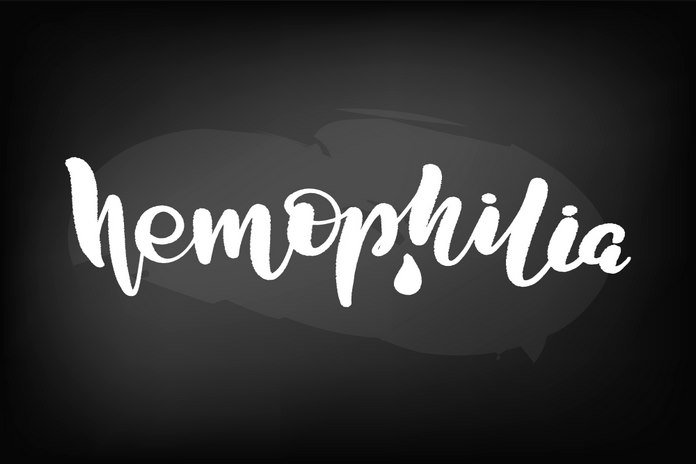Hemophilia C
Hemophilia C occurs due to a deficiency of factor XI. This disorder equally affects males and females as this is not an X-linked disorder. Hemophilia C is more common in people of Ashkenazi Jewish descent. For this disease to be dominant, each parent must pass the faulty gene to their children. Intermarriage is one of the leading causes of type C, as this is an autosomal recessive disorder. Blood clots in a series of steps and clotting factor XI play a crucial role in this process. It plays a role in the synthesis of thrombin that makes fibrin from fibrinogen. Fibrin work with platelets to make a clot and stop bleeding.
Symptoms include bleeding after a dental procedure, nosebleeds, and delayed blood clotting. Symptoms of hemophilia C do not depend on the ratio of factor XI in the plasma. Internal bleeding from joints and muscles is not common in hemophilia C. This type remains undiagnosed in most females until they experience more bleeding than usual during menstruation cycles and heavy bleeding after giving birth to a child.
Bleeding, thromboplastin, prothrombin time, and platelet tests are some of the tests to diagnose this disease. Treatment involves the administration of concentrated factor XI and fresh frozen plasma.

